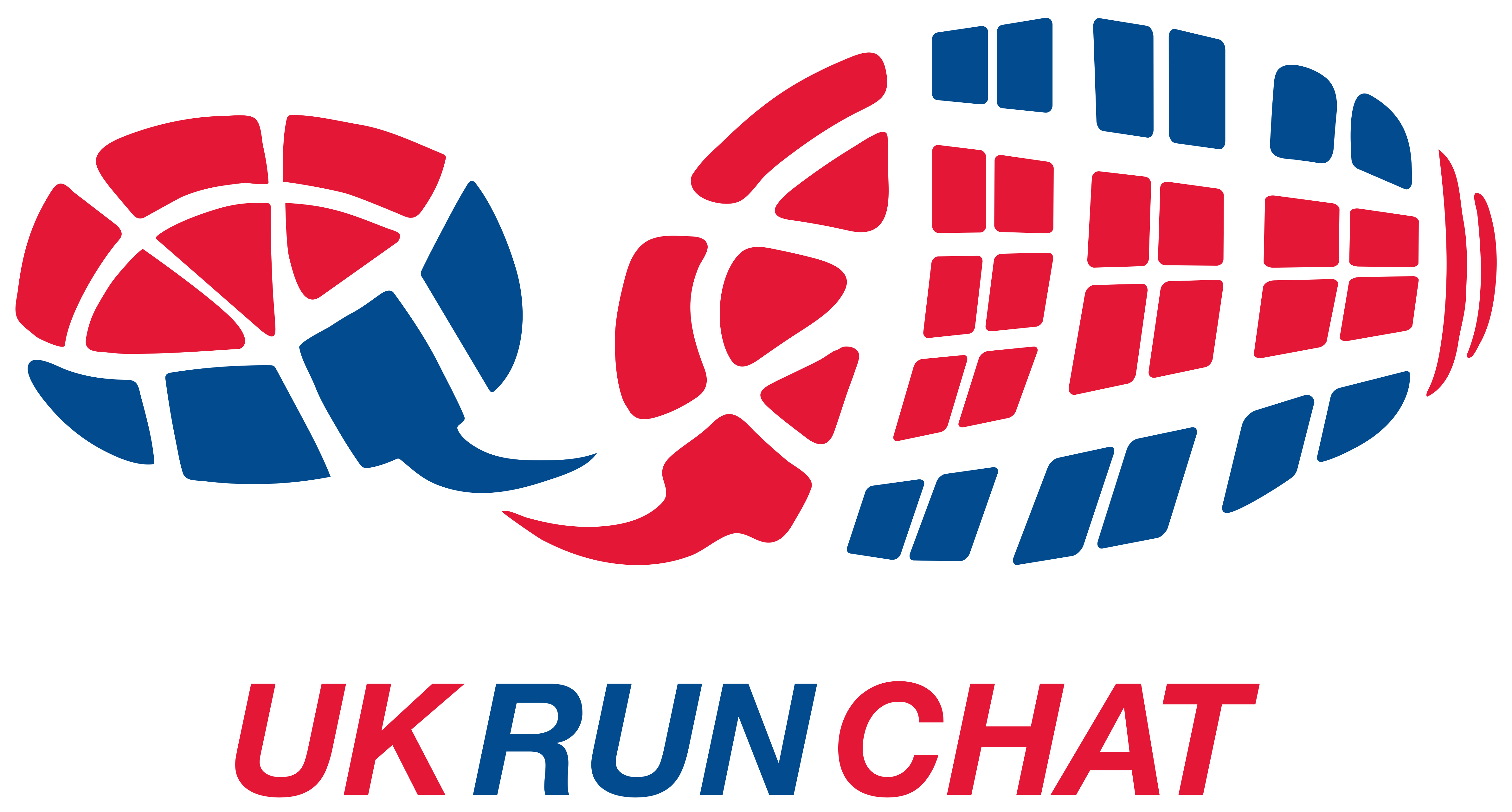Why You Need to Strengthen More Than Your Legs to Run Well
By Lauren Milner, MS, CSCS, CPT
When we think about running, we tend to think of our legs. We grimace at memories of knee pain in or sore thigh muscles. We runners tend to focus on that below-the-belt half of our bods because that is where the most intense action occurs. Even though this is true, the real estate above the beltline is actually very valuable for good running as well. By regularly strength training the entire body, including the core and the arms, you can greatly improve your running economy.
What Does the Core Do?
The core’s main job while running is to stabilize the spine and hips. We have come to think of the core as simply the abs on the front of our stomachs but there is a lot more to it. The core is actually a three-dimensional, multi-layered network of muscles and connective tissue that expands far beyond simply our “six-pack.” The core muscles include, in addition to the four main abdominal muscles (transversus abdominis, internal and external obliques, and rectus abdominis) the diaphragm, pelvic floor, multifidus, and erector spinae. There are a few more on the list, but for the sake of holding your attention; we’ll focus on this handful!
As mentioned above, the core’s primary function is stability. During running especially, the core functions as a stabilizer and a force transfer center rather than a prime mover. Think of it like using a vice – and your core muscles are the clamps. Stand up as tall and straight as you can, then engage your abdominals around that posture. Now you’re ready to run. You want your spine to be clamped tight by strong, stable muscles on either side of it. This is just one example of how the core muscles function to protect and support the spine from the ceaseless ground force impacts incurred by pounding the pavement. This helps prevent injuries by decreasing the stress and pressure on the vertebrae and also improves performance by making your strides below the belt more efficient.
In the gym, it’s important to strengthen and stabilize the core using a variety of different exercises. Some of the top core exercises I recommend to my running clients are bird dog, planks, prone swimmers, side planks, flutterkicks, hanging or roman chair bent knee raises (BKRs), Turkish get-ups, and woodchops. Runners benefit from this series of core exercises because they produce a network of stabilizing muscles that support and protect a neutral spine.
What Do the Shoulders and Arms Do?
An efficient arm swing helps to maintain good form because it counterbalances the leg strides, thus helping the torso to remain stable and do the jobs we discussed above. Also, like the core, the arms are not considered prime movers but they do play a very important postural role in running efficiency. The shoulders should be kept down and back away from your ears and the arms and hands should generally be relaxed when you run. This keeps your momentum smooth and your form fluid. Remember when swinging your arms to aim for front to back motion with the elbows gliding past the sides of your ribcage. Do not allow them to swing across your belly sideways!
You can strengthen your postural muscles of the shoulders and arms specifically for running with some of these exercises: seated row, bent over row, lat pull-downs, rear delt fly, bicep curls, triceps extension, push-ups, and pull-ups.
Putting it All Together
By strengthening your core, postural muscles, shoulders, and even your arms, you can greatly improve your overall efficiency, also known as running economy. Better running economy means you can run faster, stronger, and longer! It also means more enjoyable running with fewer injuries, so please….do yourself a favor and start total body strength training today!





